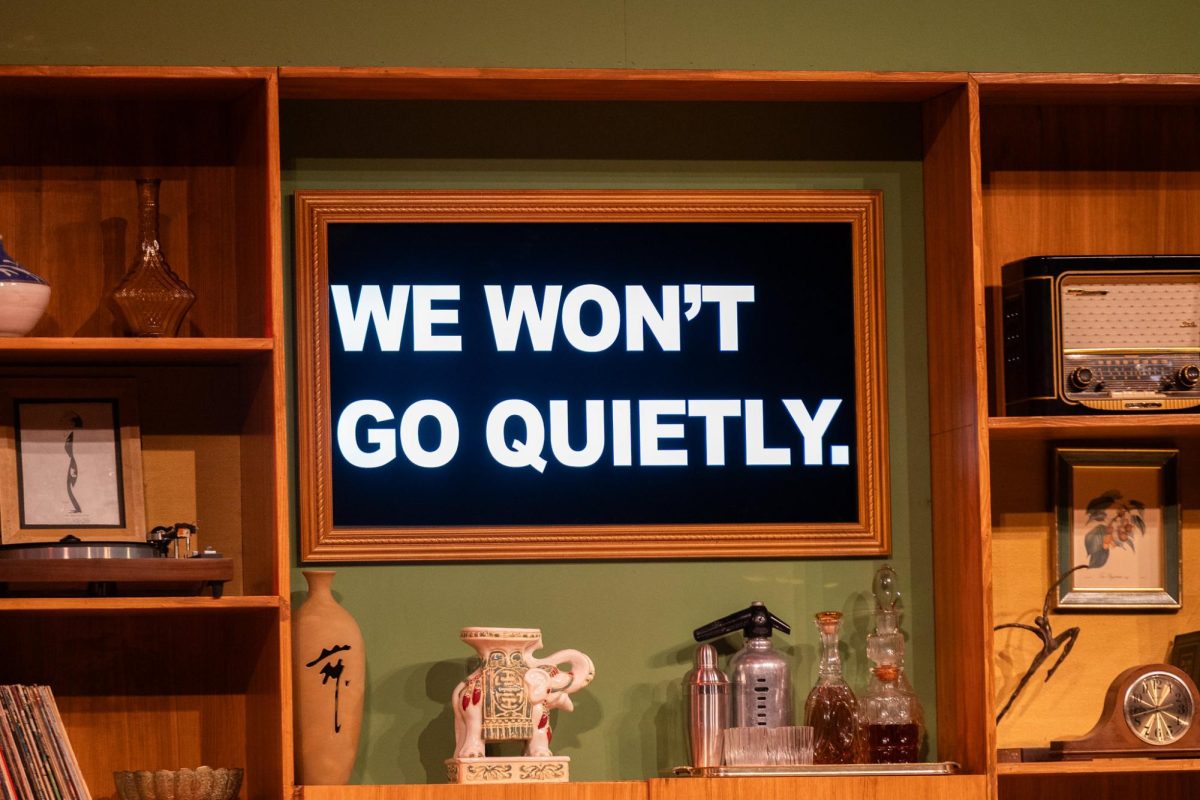If you’re in touch with gamer culture, you’ve probably heard of “Metal Gear Solid V: The Phantom Pain.” Developed by Kojima Productions, this action-adventure shooter has received some of the highest praises from critics. Major video game media outlets such as IGN, Gamespot, and Famitsu have given perfect scores to what many are already calling the game of the year.
facebook.com
“Metal Gear Solid V” released Sept. 1, and earned raving reviews from critics and gamers alike.
Firstly, “The Phantom Pain” is absolutely massive in size. Players can expect to sink over a hundred hours into the game without completing it. This will surely be refreshing to today’s gamers, as these days one can expect to buy a $60 game for only a few hours of entertainment. With “The Phantom Pain,” consumers’ money doesn’t go to waste.
There’s a lot to do in this game, but what’s truly great is that there’s actually good reason to do these things. While many games today throw gimmick after gimmick your way, “The Phantom Pain” doesn’t follow this pattern. According to Antoine de Saint-Exupery, “A designer knows he has achieved perfection not when there is nothing left to add, but when there is nothing left to take away.” Kojima Productions’ latest game embodies this philosophy well with its innovative design and clever core mechanics, which interweave ingeniously to deliver a memorable experience.
In the game, you play as the character Big Boss, who is trying to build a private military. In order to bring soldiers into your ranks, you need to kidnap them off the battlefield and convince them to join you, which is sometimes easier said than done. Once they start working for Big Boss, they can offer their assistance in various ways, such as providing intelligence on enemy positions or helping to develop more powerful weapons. Having an upgraded grenade launcher can be extremely helpful against some of the game’s tougher foes, though blowing them up means they won’t be able to work for you anymore. Decisions like these often rest in the player’s hands.
The world of “The Phantom Pain” feels very organic. It’s almost like an ecosystem, in which all the player’s actions have realistic consequences. For example, if players make a habit of sneaking into enemy bases at night, the enemies will eventually become equipped with more night-vision goggles, so that they can see the threat coming. Or, they’ll start wearing more helmets if they often find themselves being put to sleep by the tranquilizer darts you’ve been shooting at their heads. If players want to disrupt the flow of these countermeasures, they can send the soldiers they’ve kidnapped on missions to sabotage the enemy’s supply lines. Of course, by kidnapping large numbers of enemy soldiers and getting them to work for you, the enemies will take action to ensure they stop losing so many comrades. All the aspects of this game cycle back into one another, so that nothing feels pointless or superfluous.
One thing often mentioned by critics is the subject material of the game. Being set during the Cold War, an era of political differences, widespread proxy wars, and fears of nuclear devastation, “The Phantom Pain” has a lot of inspiration to work from. Torture, child soldiers, and the influence of technology are just some of the themes explored. There is also a significant presence of philosophical undertones to the story, which can be seen early on with the numerous references to George Orwell’s “1984” and Herman Melville’s “Moby Dick.”
“The Phantom Pain” deserves the praise it has been receiving. It’s one of those games that has raised the bar and pushed the boundaries of what people think is possible for video games. The most common negative criticism is that the plot lacks focus, despite touching on many subjects in a meaningful way. However, many have noted that this hardly blemishes what is otherwise a masterpiece in game development.



































